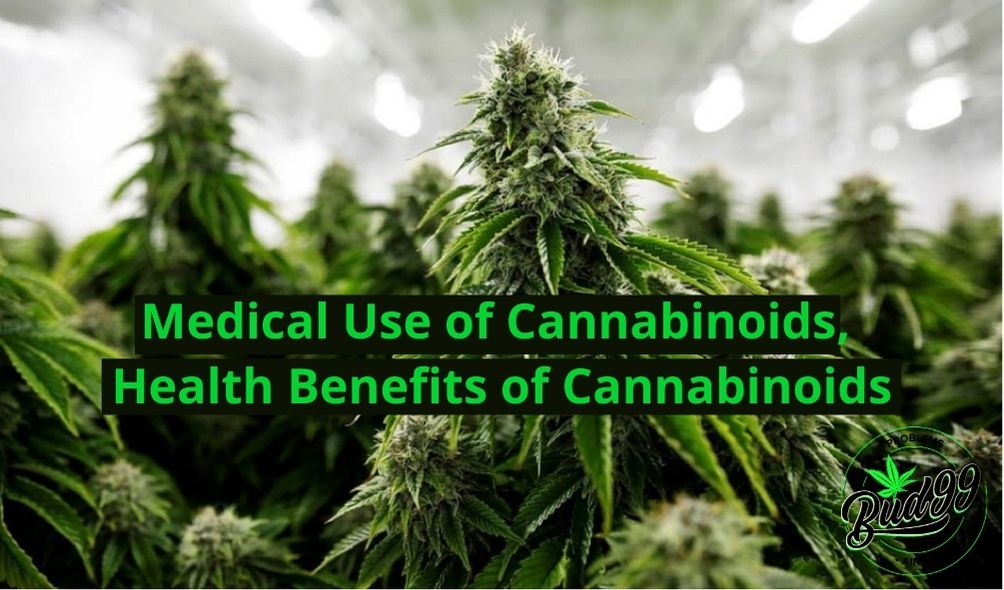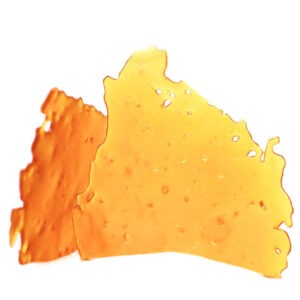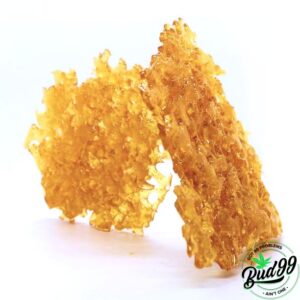Cannabis contains many cannabinoids, with the two most prominent being CBD (cannabidiol) and THC (tetrahydrocannabinol). CBD is a chemical that impacts the brain to make it function without giving it a high. On the other hand, THC gives the well-known high and possess pain-relieving properties. Both these substances can be extracted and enhanced for use via a process called short path distillation. Users can get lots of medical use from these cannabinoids, including:
- Chronic pain relief. Cannabinoids have been linked to giving chronic pain relief because of their chemical makeup. Cannabis has been used for arthritis, migraines and other pain issues.
- Improve lung capacity. Unlike smoking cigarettes, smoking marijuana will not harm your lungs. In fact, a study has shown that it does the opposite and can actually help increase the capacity of the lungs.
- Weight loss. If you know any avid marijuana user, you might have noticed that they are usually not overweight. Cannabis is linked to helping the body in regulating insulin while managing caloric intake.
- Prevent and regulate diabetes. Cannabis is known to have an impact on insulin, so it can help regulate and even prevent diabetes. Research has shown that cannabinoids stabilize blood sugars, improve blood circulation and lower blood pressure.
- Fight cancer. One big benefit of marijuana is its link to fighting cancer. There is substantial evidence showing cannabinoids can help fight certain types of cancer.
- Aid in depression treatment. The endocannabinoid compounds in marijuana can help stabilize moods, which in turn ease depression.
- Help with autism treatment. Marijuana can help calm users and control their mood. It can help control frequent violent mood swings among patients with autism.
- Regulate seizures. Studies on CBD has shown that it can aid in controlling seizures. Many ongoing studies are looking into the effect of marijuana among individuals with epilepsy.
- Mend bones. CBD has been linked in helping heal broken bones and even hastening the process. It also helps strengthen the bones during the healing process, making it tougher for the bone to break in the future.
- Helps with ADHD/ADD. Patients with these conditions have issues focusing on tasks at hand, and have problems with concentration and performance. Marijuana has shown promise in helping people with ADHD/ADD. It is also a safer alternative to Ritalin and Adderall.
- Glaucoma treatment. Marijuana can help reduce the pressure on the eyeball, giving glaucoma patients temporary relief.
- Alleviate anxiety. When taken in proper dosage and in the right way, marijuana can help alleviate anxiety and calm users.
- Slow Alzheimer’s disease development. The endocannabinoid of cannabis has anti-inflammatory properties that fight brain inflammation which can lead to Alzheimer’s disease.
- Help with PTSD symptoms. Cannabis can help treat individuals with PTSD, helping control the flight or fight response and preventing it from going into overdrive.
- Relief from multiple sclerosis. Multiple sclerosis leads to painful muscle contractions, and marijuana can provide relief.
- Treat inflammatory bowel disease. Patients with ulcerative colitis or Crohn’s disease find some relief with cannabis. CBD and THC can enhance immune response and interact with cells that are crucial in gut function. Marijuana can block off bacteria and other substances that inflame the intestines.
- Help with Parkinson’s disease tremors. Marijuana can help reduce pain and tremors associated with Parkinson’s disease, while helping promote sleep. It can also improve the motor skills of patients.
- Help with alcoholism. Cannabis is undoubtedly safer than alcohol. Although it is not 100 percent free from risks, it might be smarter to substitute alcohol with marijuana.
When buying medical cannabis, THC or CBD products, look for a reputable dispensary with knowledgeable employees who can guide you in finding the right strain and formula to fit your specific health condition and preferences. If you want to, you can ask bout organic products and cultivation methods.





